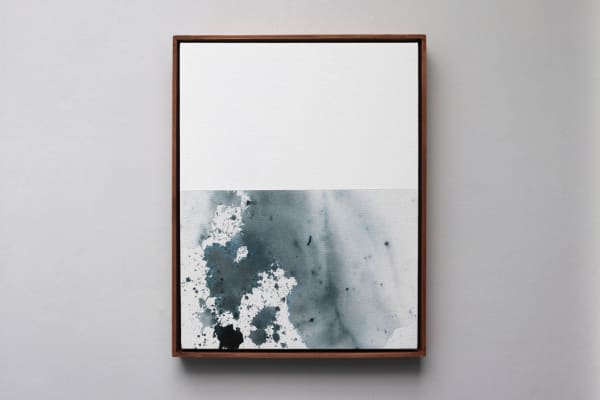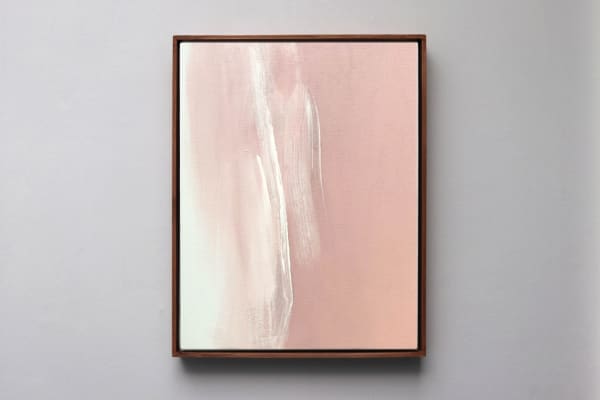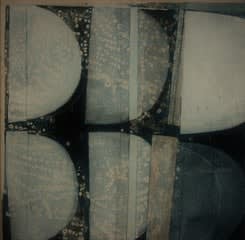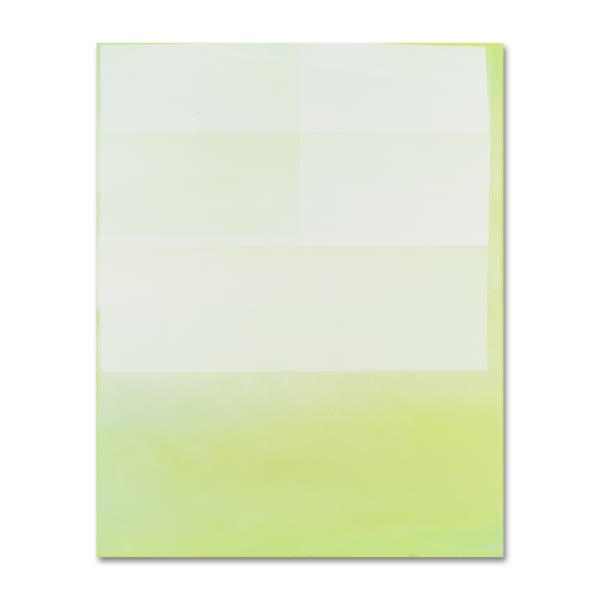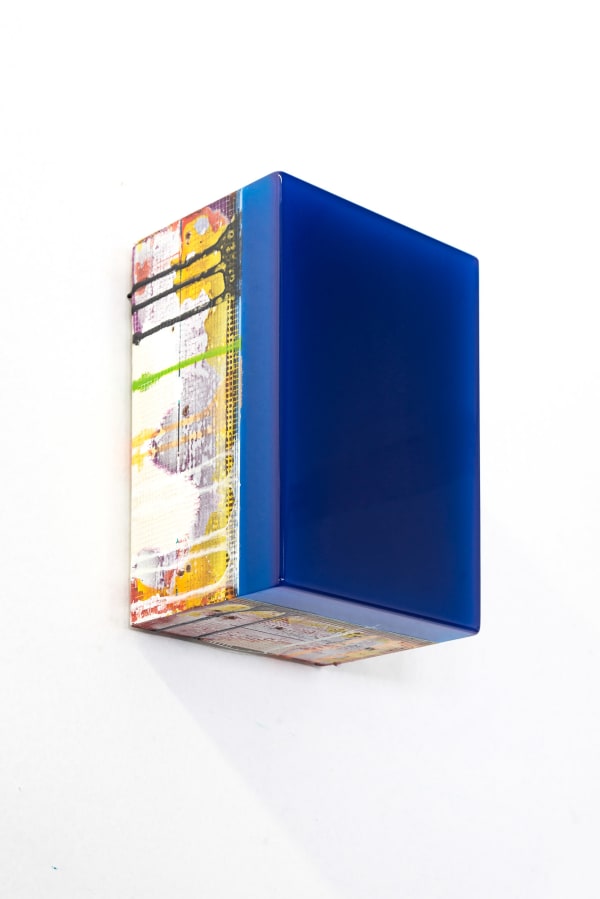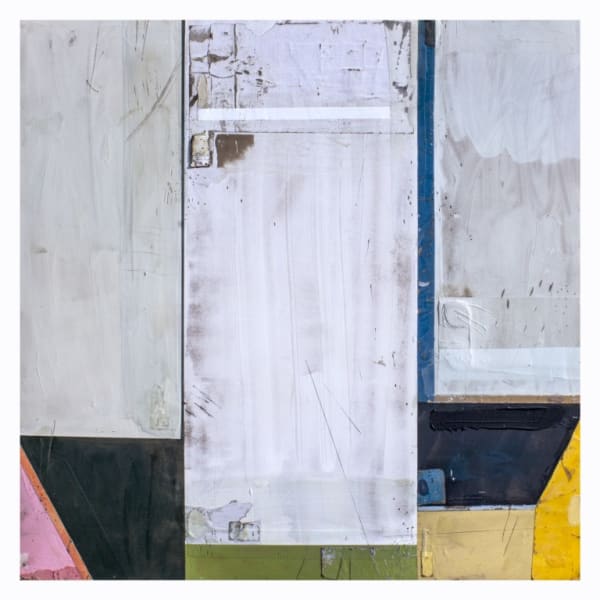&Gallery is pleased to introduce Artist Focus Week 4.
The Artist Focus series consists of online viewing rooms of a selection of artworks
This week, &Gallery present works by Jonathan Barber, Jeffrey Cortland-Jones, Joan Doerr, Liz Douglas, Jai Llewellyn, Ivan De Menis and JFK Turner
-

-
-
 Jonathan BarberEmber GraceMixed media on canvas41 x 35.5 cm£ 800.00View more details
Jonathan BarberEmber GraceMixed media on canvas41 x 35.5 cm£ 800.00View more details -
 Jonathan BarberMvmt lllMixed media on canvas41 x 35.5 cm£ 800.00View more details
Jonathan BarberMvmt lllMixed media on canvas41 x 35.5 cm£ 800.00View more details -
 Jonathan Barber, Resound, 2021View more details
Jonathan Barber, Resound, 2021View more details -
 Jonathan BarberNorthMixed media on canvas41 x 35.5 cm£ 800.00View more details
Jonathan BarberNorthMixed media on canvas41 x 35.5 cm£ 800.00View more details
-
-

-

-

-

-
-
 Jai LlewellynSun Son SinAcrylic on canvas40 x 30 cm£ 1,300.00View more details
Jai LlewellynSun Son SinAcrylic on canvas40 x 30 cm£ 1,300.00View more details -
 Jai LlewellynHeads up tails downAcrylic on canvas40 x 30 cm£ 1,300.00View more details
Jai LlewellynHeads up tails downAcrylic on canvas40 x 30 cm£ 1,300.00View more details -
 Jai LlewellynBehind BarsAcrylic on canvas40 x 30 cm£ 1,300.00View more details
Jai LlewellynBehind BarsAcrylic on canvas40 x 30 cm£ 1,300.00View more details -
 Jai LlewellynDetail DevilAcrylic on canvas40 x 30 cm£ 1,300.00View more details
Jai LlewellynDetail DevilAcrylic on canvas40 x 30 cm£ 1,300.00View more details
-
-

-




